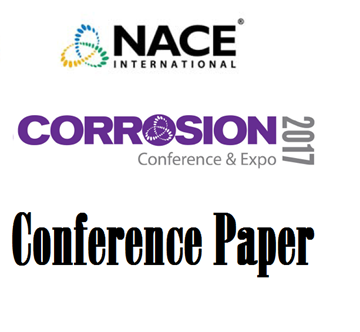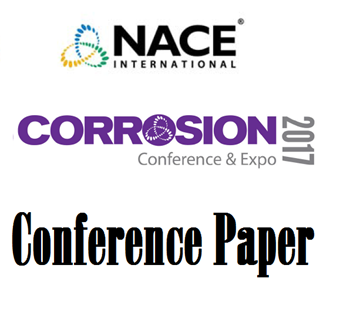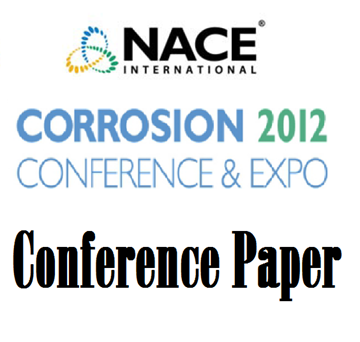Search
08036 Evaluation of Steel and TSA Coating in a Corrosion Under Insulation (CUI) Environment
Also Purchased
Understanding Insulation Chemistry Proven to Inhibit Corrosion Under Insulation (CUI)
Product Number:
51317--8876-SG
ISBN:
8876 2017 CP
Publication Date:
2017
$20.00
Cyclic CUI Testing of Insulation Materials
Product Number:
51317--8877-SG
ISBN:
8877 2017 CP
Publication Date:
2017
$20.00
Deployment of CUI Prevention Strategies and TSA Implementation in Projects
Product Number:
51312-01100-SG
ISBN:
01100 2012 CP
Publication Date:
2012
$20.00




